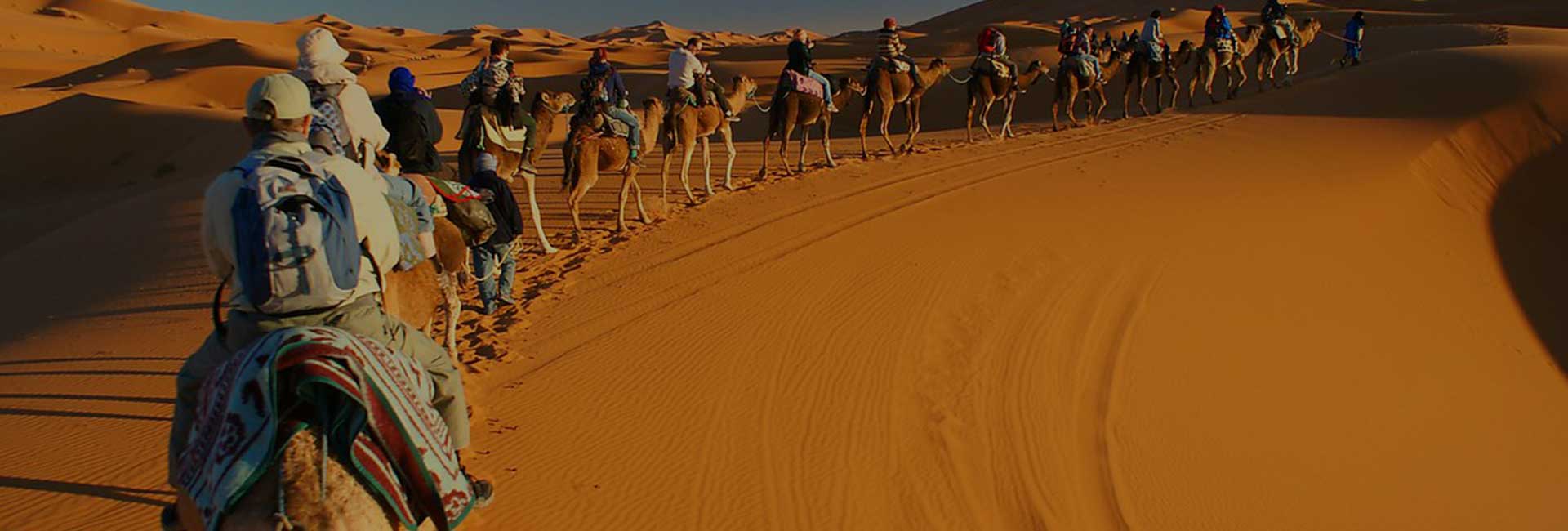
Morocco Travel Tips
Many things in Morocco are definitely not close together, especially with the Altas Mountains running through the heart of the country.
- Home
- Morocco Travel Tips
Many things in Morocco are definitely not close together, especially with the Altas Mountains running through the heart of the country. Don’t expect to be doing a day trip from Marrakech to Chefchaouen. Of course, your itinerary will dictate the distances you cover, and Morocco may not feel large at all. We had short trips like Casablanca to Rabat and really long trips like our seven-hour drive from Fez to Merzouga. Luckily, there’s lots to see everywhere in Morocco.
The landscape of Morocco has so many different natural features. There are miles of beaches and mountains that rise up over 13,000 feet high. There are dramatic desert sand dunes and palm tree-filled oases. The variety is astounding.
The cities of Morocco are a cacophony of colors, smells, and sounds. Artisans crafts shoes in the colors of the rainbow, food stands cook up the local specialty, and hawkers hawk…well, just about anything.
It all blends together to make Morocco one stunning place.
As a Muslim-dominated country, alcohol is somewhat scarce throughout Morocco. It is found in riads and some restaurants, but you generally won’t find alcohol in stores unless you’re going to the French supermarket Carrefour. Outside of larger cities, you can pretty much forget it.
That’s why we were stunned to learn that Morocco actually makes wine. If you think about the geography—not terribly far from the European wine powerhouses of Greece, Spain, and Italy—it makes a lot of sense. Culturally, however, it is unexpected.
Bread is a staple in Morocco. It’s at every meal, covered in argan paste, used to mop up sauce from tanjia, or even used as a replacement for cutlery.
In Morocco, families often bring their dough to neighborhood bakeries to be baked during the day and picked up before dinner time. There’s a constant stream of loaves going in and coming out of the large ovens.
You’ll also see vendors rolling their carts full of hot loaves through the streets. Don’t be afraid to stop one of them for an inexpensive snack.